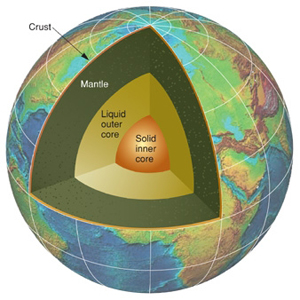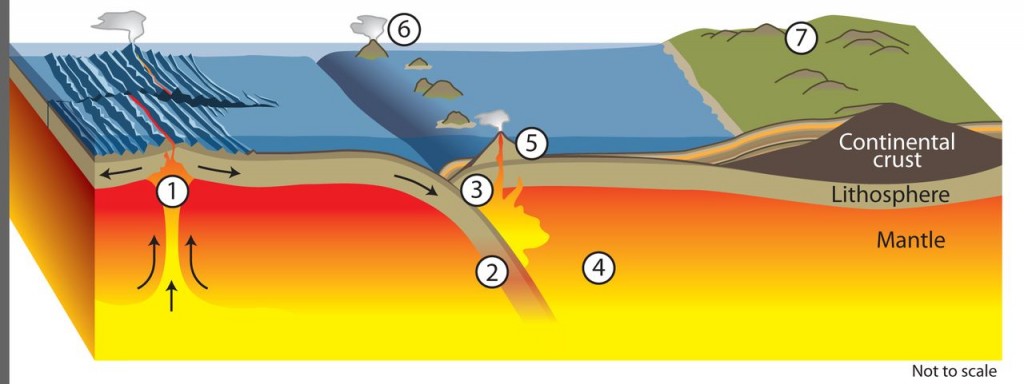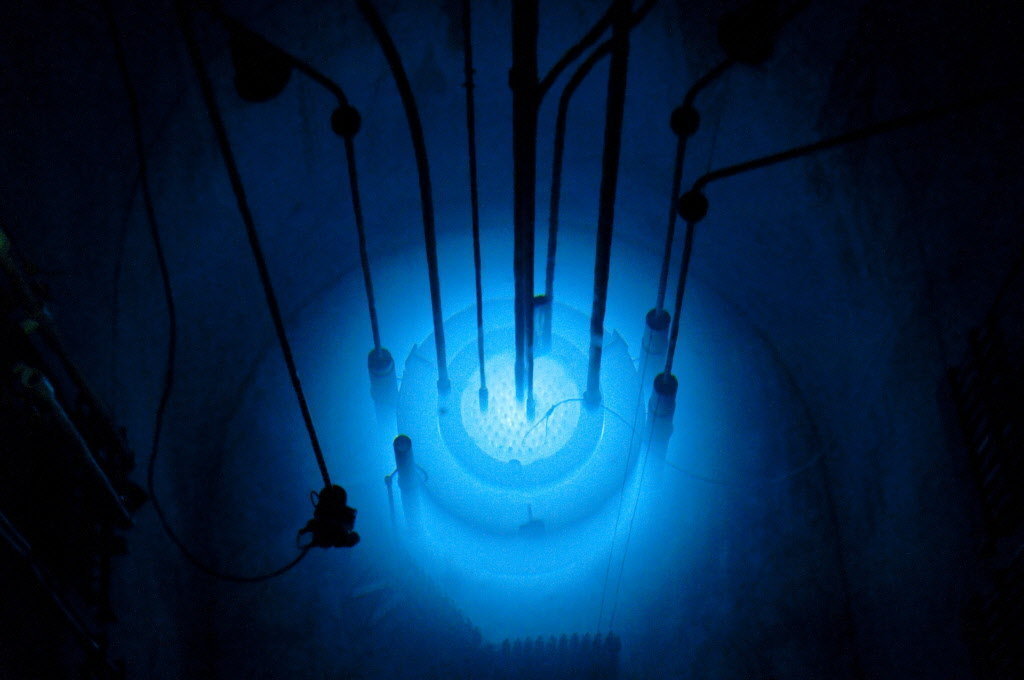Why Is The Centre Of Earth So Hot?
Earth burst into being around 4 billion years ago, and although we live here and have had forays into space and the depths of the oceans, it’s pretty difficult to study what’s going on right in the centre; we’ll probably never get right to the heart of it.
To work out what the earth’s core is made of took some impressive lateral thinking; scientists sent sound waves through the centre of the earth and measured the unique speed and signature of the signal as they came through the other side. The signature they received matched perfectly with molten iron and nothing else, iron is known to be in abundance in earth’s makeup and fits the bill nicely.
The earth’s core is around 6000 degrees centigrade, which, rather surprisingly, is hotter than the surface of the sun. The inner core of earth is about the size of the moon and made of solid iron, whereas the outer core is mostly liquid iron-nickel alloy. But why is it so hot? Well let me tell you…
There’s three main reasons:
1) Earth’s Formation
The earth was formed by bits of rock smashing into each other for millions of years. These bits of rock where jazzing around at extremely high speeds, so when they met each other there was a butt load of kinetic energy. This kinetic energy was transferred into heat and because it’s not very easy for the heat to escape through the earths outer layers, it’s stayed perpetually hot.
On top of that initial heat, the moon seems to have played its part too. The moon is thought to have been created when a Mars-sized planet bashed into our home billions of years ago. This impact would also have created an enormous amount of heat, enough to completely melt the top few kilometres of earth’s crust.
Now, the earth’s crust acts as a blanket keeping the heat produced so many moons ago tucked up inside.
2) Pressure
Gravitational pressure is put on the core by tidal forces and the earth’s rotation. These stresses produce heat energy that gets trapped inside by the crust.
Frictional pressure also plays a part in the temperature as denser, iron-rich particles move towards the centre of the earth, rubbing eternally against lighter particles on their decent.
3) Radioactive decay of elements
The earth’s core houses a constant nuclear fission of heavy elements, mostly potassium, thorium and uranium. This is akin to a nuclear reactor going off all day every day, the convection currents produced by it drive plate tectonics and the motions of the continents. It’s difficult to know exactly how much heat comes from these atomic reactions as scientists don’t yet know the quantities and ratios of the radioactive elements deep in earth.
Earth is the only planet in the solar system that appears to have plate tectonics. It’s important to us because of the way it recycles carbon, dead matter decays in the ocean and once on the ocean floor it is gradually pulled into the centre of the earth preventing a “runaway greenhouse effect” as seen on Venus.
So thanks to earth’s early years, gravity and nuclear power, the centre is likely to remain toasty for a good long while to come.
SEE MORE EARTH:
PHOTOS FROM THE 100TH NORTH POLE CRUISE




















